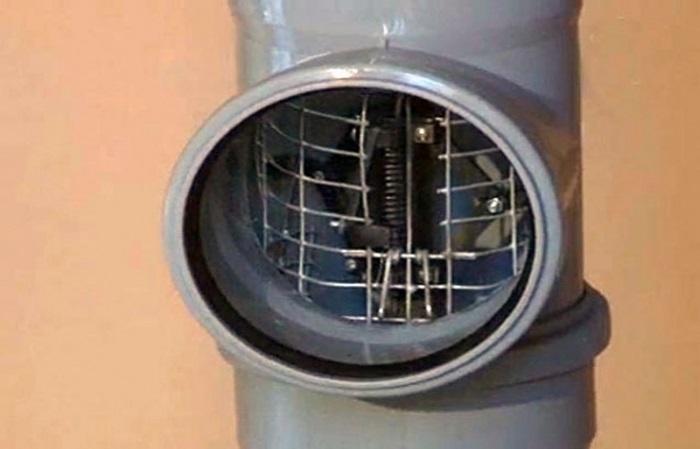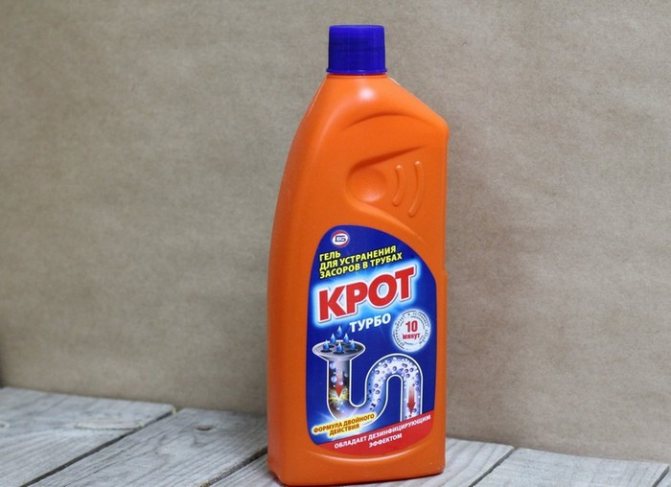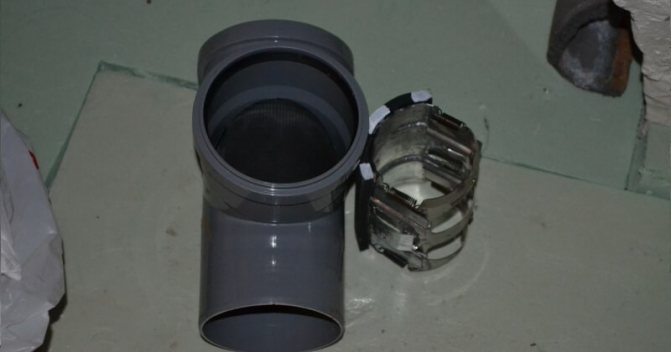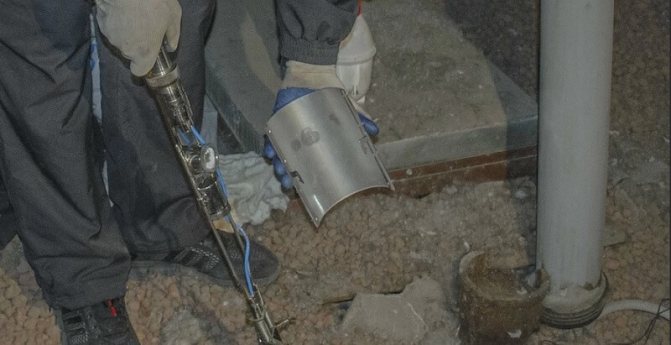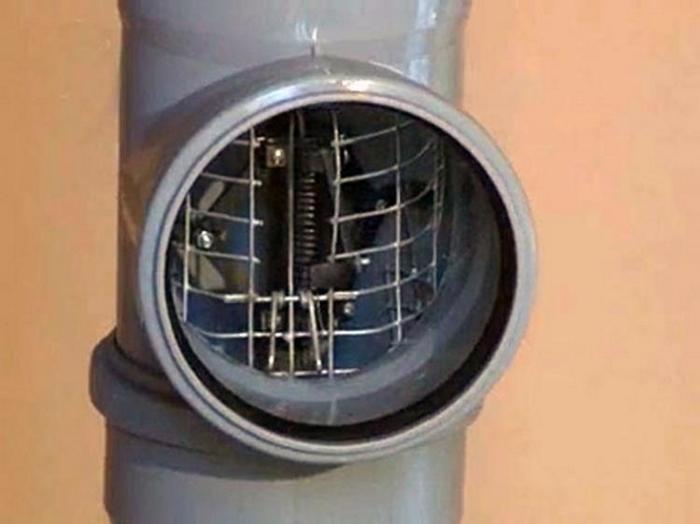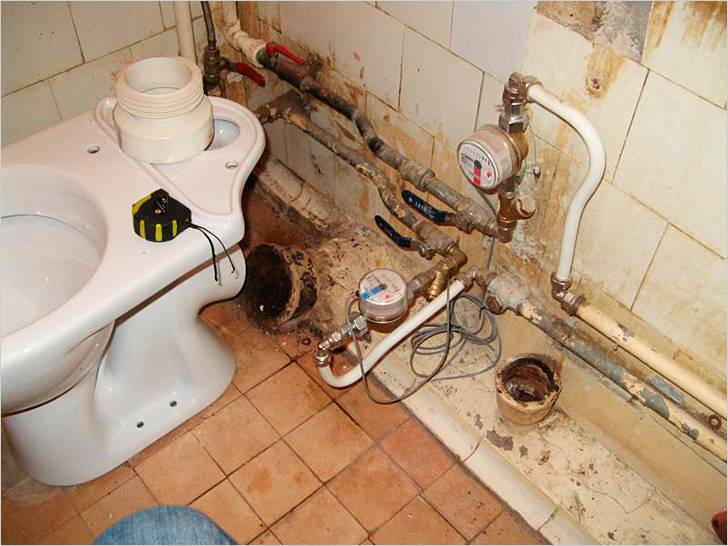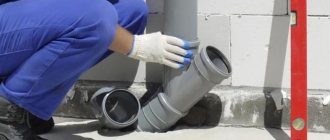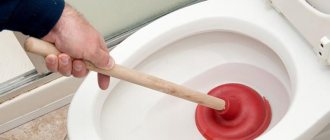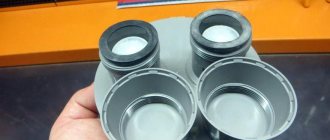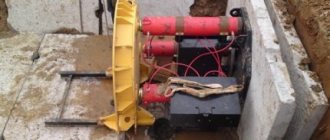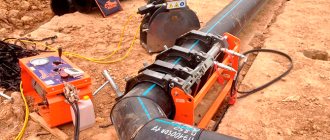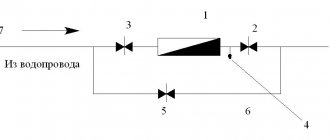Regardless of the fact that the procedure for installing plugs on the sewer is becoming a real problem for the population every day, it is, however, likely to cope with it. So, the question arises: How to remove the plug from the sewer and resume the use of the drainage system at home?
This question appears, for the most part, among those who have personally come across this firm measure, which water suppliers go to. In most cases, this happens to those who owe large amounts of money to service companies. And yet, this measure is considered by many to be inhuman and ruthless, which makes people look for independent methods of removing the stubs.
Removing the plugs is a very laborious process, since they are installed from the roof using special probes with manipulators. The equipment is equipped with a camera, which allows the operator to precisely place the plug in the desired sewer hole. Proceeding from this, it is practically impossible to remove the cap by the same method, but without the same equipment and camera. But there are a couple of other ways.
Legal bases
In search of a solution to the problem with non-payers, management companies considered various options. Finding an acceptable way is not so easy: the landlord has not only responsibilities, but also a number of rights that must be provided to him.
Blocking water supplies for non-payment seems to be the most obvious option. But this violates the sanitary requirements for housing. Water is supplied through a common riser, it is impossible to shut it off from the outside without depriving all users of the water supply. And the human right to the inviolability of the home allows not to let the inspectors into the apartment and to carry out manipulations with their property.
Then the practice of suspending drainage appeared. It should be noted that such a decision is often made not by the management company itself, but by the court, and is completely legal. But there is a nuance.
The management company is obliged to warn in advance about the decision to stop the provision of sewerage services. This must be done against the signature of the owner of the apartment or by registered mail with notification. If a plug was installed on a sewer pipe without the knowledge of the owner, this can cause problems for the company. Of course, they will not write off the debt to the debtor, but he can demand compensation for moral damage and inconvenience through the court, and the claim will most likely be satisfied. If the management company does not have a paper with a signature on the receipt, it is easy to prove ignorance to the owner.
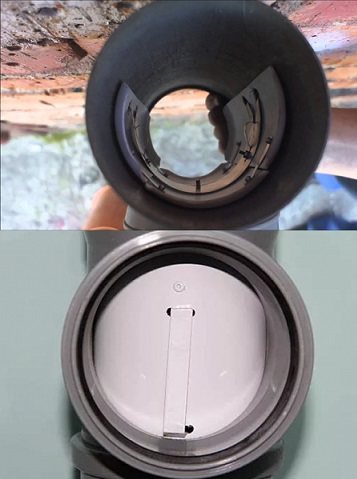
Stub example
Purpose of a stub for debtors
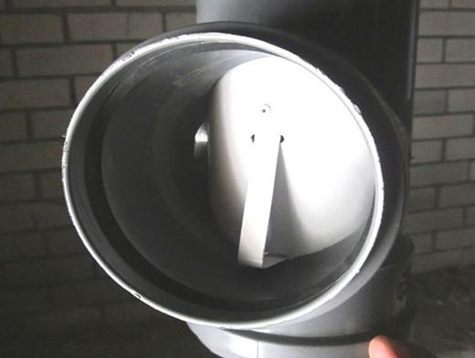

The plug can be delivered in case of non-payment of debt within 30 days after notification
If a person does not pay for the water supply in a timely manner, it is perfectly reasonable to stop supplying him with this utility service. However, in apartment buildings, the fluid supply is carried out through the common building riser, which means that you will need to shut it off completely. But after all, respectable payers live in the entrance.
It is possible to stop the supply of water for a certain apartment only inside it, but the owner has the legal right not to let the controllers in.
Utilities specialists have found a solution - to block the sewer pipes to debtors. This is real for a separate apartment and is done by means of a plug - a valve that closes the drain hole between the common house riser and the private drainage network.
Installing a jamming part will not cause problems for respectable residents. It is placed in such a way that the sewage system is blocked only for a certain apartment.Usually, the installation of the device leads to the fact that debts are paid after two to three days. After that, the utilities return the riser to its previous appearance. However, there are exceptions. For various reasons, homeowners decide to remove the plug themselves - there are plenty of methods for this.
How the plug is installed
In order to install the plug on the sewer pipe, the employees of the management company do not need to gain access to the apartment. Installation is carried out from the technical floor.
The specialist studies the schemes of engineering communications in order to determine how to carry out the work. In some apartments, several risers pass, then the overlap of one will be an annoying nuisance, and not a motivation to pay off the debt.
The procedure takes place using special equipment. It is a device equipped with a camera and illumination to allow the damper to be mounted on the correct pipe. The device is supplied in a sewer pipe with a long rope. With his help, the fitting is dismantled, which drowns out the drainage.
What is a sewer pipe plug
To force the population to pay for the supply of utilities, many companies are forced to resort to various methods of forcing defaulters to pay. For residents who do not pay for water, they invented a way to shut off the sewage system by installing a plug that stops the drainage of drains.
The sewer plug is an artificial barrier that is installed in the sewage drainage pipe in such a way that it provides for drainage from the apartments adjacent to the riser, but prevents the debtors from entering the waste collector.
This is a very effective and efficient way, since when the drain is blocked, the use of the water supply becomes impossible and the consumer is forced to pay off debts in order to maintain a comfortable living.
There are two types of plugs:
- Solid - completely or partially overlapping the cross-section of the pipe and blocking the movement of wastewater;
- Mesh - not constituting obstacles to the movement of liquid fractions through the pipe, but retaining solid waste.
There are many different models of plugs that differ in design and configuration.
Utilities can install the following types of plugs in the sewer pipe for debtors:
- Rubber - pneumatic;
- Plastic - polyvinyl chloride, metal-plastic, polypropylene;
- Metal - solid or lattice.
An inflatable rubber plug is now installed extremely rarely, since it is already technically outdated. The installation process is quite simple, but you can easily remove them yourself. Metal plugs are installed mainly in cast-iron sewer pipes, and they, like plastic ones, are more difficult to remove on their own.
How to remove a stub
If it so happened that the pipe was blocked, there are several ways to remove the plug from the sewer:
Pay the bills.
It is understood that such a measure should motivate the owner of the premises to deal with debts. In this case, the management company itself will remove all obstacles in the way of sewage water. This is the most obvious and logical way, but it doesn't work for everyone.
Contact the professionals.
Not all plumbers like to take on plug removal challenges. This is a time-consuming job, because simple linings are put on less and less, and you have to spend a lot of time and effort to remove it. In addition, an obstacle to a court decision is an unpleasant matter, and not everyone is ready to get involved with this. But there are such companies, ready to remove the installed plug from the sewer, and there are many of them.
Remove the plug yourself.
Of course, this will take even more time than in the case of a professional plumber.It is important to understand how modern plugs are arranged, the principle of their fastening and the procedure for dismantling, so as not to damage your own communications or, more importantly, the main riser, because this will lead to the intervention of the management company.
Removing the plastic plug
Make sure you have all the necessary accessories to unlock the fork, and if the situation calls for it, it may be necessary to replace the entire pipe section.
- Metal hood
- Soldering torch
- Pliers
- Reciprocating saws
- Pipe wrench x2
- Wrench
- Hammer 2pcs.
- Spare cleaning fork
- Replaceable pipe, fittings
- Teflon tapes.
This process can take a fair amount of time, so if you are not comfortable using any of these tools, it is in your best interest to seek professional help.
The plug can be with a threaded plug at the end of the fitting or a short length. It can be located outside the pipeline, as evidenced by a fork or a small hatch-like cover that covers the top of the sloped pipe that leads down the ground and into the sewer pipe.
Stages of work:
- Place an adjustable wrench around the square nut that is molded to the middle of the end cap for cleaning. Tighten the wrench in place.
- Turn the key handle slowly counterclockwise. This should release the outer threads of the cover. Continue turning the key until the housing is completely free.
- Spray some penetrating grease around the seam where the cap will rub into the plug if it doesn't budge. This can happen if the cover has not been removed for some time. Wait 20 minutes for the grease to seep into the threads.
- return the key to the cap and tighten. Turn it counterclockwise. If it is still difficult to remove the plug from its place, apply more grease and wait another 20 minutes. Continue in this way until the cap is removed.
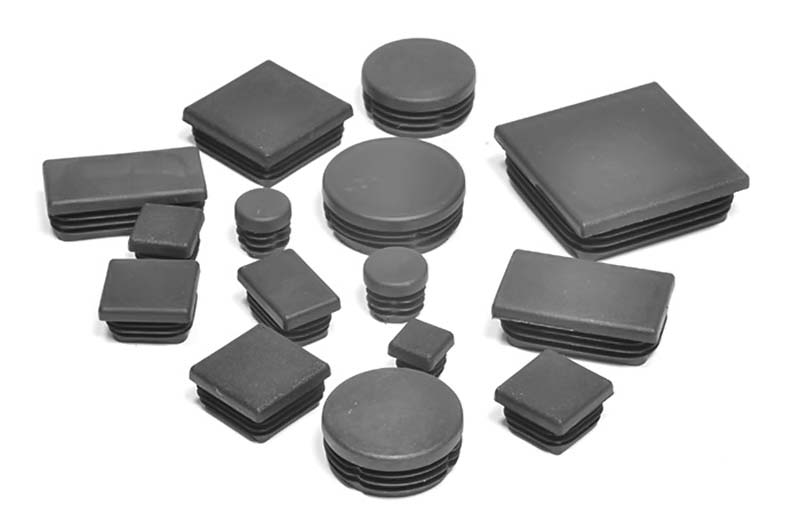

Removing the metal plug from the sewer
Start by cleaning the area around the cork of any debris, cobwebs. Once you're ready, use a soldering iron to heat the plug until it turns cherry red.
If it does not work, allow the pipe to cool down for a while. Once it's ready, apply a little penetrant to the area, grab two hammers - one on each side while hitting - around the fitting. The vibrations from hammer blows should help break down the rust, set in motion and loosen the fork, which will allow the plug to be removed. If you feel yourself starting to unscrew, take two wrenches and attach them to the cleaning connector, and the other to the fitting itself and tighten as tight as possible.
If that works, do not remove the old metal plug right away. Instead, take a new plastic drain plug and apply a thin layer of Teflon paste before screwing it on. Make sure it is screwed on tightly using a pair of pliers.
Do not reuse the metal plug. Before installing, buy a plastic plug and tape with Teflon paste. Then secure it with pliers (not a pipe wrench).
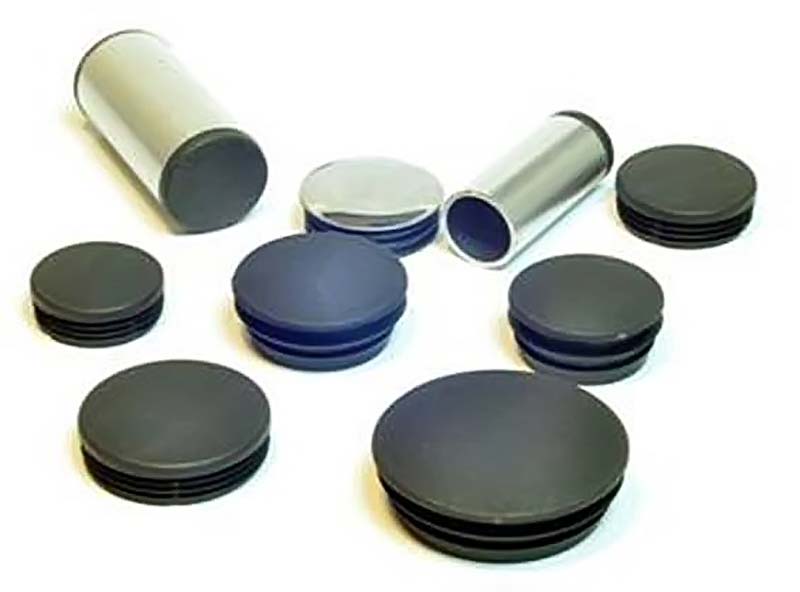

Cutting the plug
If you've spent a decent amount of time - about 30 minutes - trying unsuccessfully remove the plug from the sewer, it's time to use a large saw.
Make sure the reciprocating saw has a metal cutting blade before turning it on. Then cut off the old fitting and pipe element and install a new plug. It is best to use white PVC or plastic replacement fittings and use rubber couplings to join them together.
Slide both connectors onto the old pipe, then slide the vertical connector into place, making sure the fittings are good and tight before connecting the horizontal connector and tightening both.
Removing the plug using chemistry can be used in special cases of the location of the sewer pipes, when it is not possible to remove the first elbow of the bell. The process does not guarantee complete removal, but you can reach the mesh or plastic plug with a thin stick with a hook.
Types of plugs
There are two types of sewer plugs for hard-core debtors, which create different degrees of discomfort for the residents of the apartment in which the debt has formed. They look different, but they have one function.
- Pneumatic type. This is a bulky rubber product filled with air.
- Solid. A plastic plug that completely blocks the movement of sewage water.
- Lattice. It allows liquids to pass through, but prevents the disposal of solid waste, which gradually accumulates.
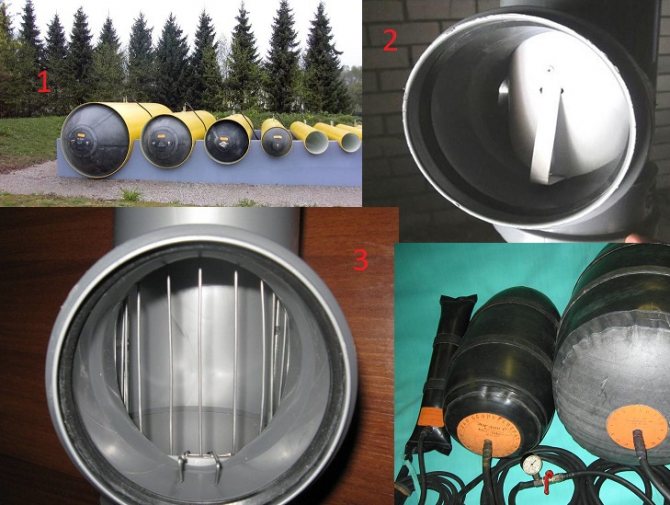

As calculations show, on average, more than 250 liters of liquid waste flows from an apartment into the sewer daily. It will still be possible to use the plumbing for a day or two, then a traffic jam will form, the water will begin to rise and pour back into the apartment. A persistent unpleasant odor forms in the room. It significantly reduces the comfort of living, it will not work to run to neighbors constantly using their sewers, and it is expected that such a situation will become a reason to pay off the debt.
Legality of the method
To begin with, it is worth figuring out whether it is legal to use a method such as installing plugs on the sewer to debtors. This way of fighting is not a violation of the communal services.
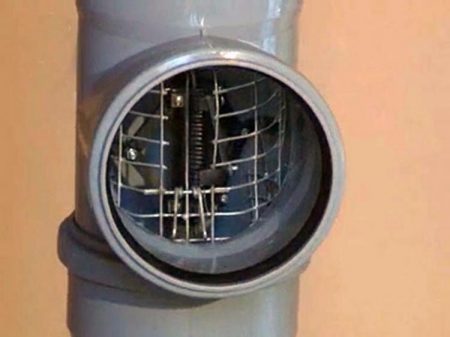

Installing a plug into the sewer does not make the apartment uninhabitable. In addition, this element absolutely does not interfere with the residents of other apartments in a multi-storey building. Thus, this action of the utilities is quite legitimate, and it will not be possible to appeal against it in court.
Another thing is that utilities do not have the right to put a plug on the sewer without warning. First, tenants are notified that they need to pay off the debt within a certain time frame. If these warnings are ignored, then utilities may decide to install a sewer plug for defaulters.
Work rules
Removing the plug is not an easy procedure, and before proceeding with it, you need to take care of observing some rules.
- Experience with plumbing is desirable. Imagine how plastic and cast-iron pipes are installed, how a plastic plug is installed on the sewer. In most cases, you have to dismantle the toilet, and it is desirable to have this skill too.
- Prepare protective equipment: gloves, gown or old clothing, mask. You will have to work with an open sewer. During this time, waste may be poured from above, including hot water.
- Prepare tools. All manipulations need to be carried out quickly, so what you need should be at hand.
The order of work
Non-paying tenants, who do not want to be left without amenities and overpay plumbers, are trying to remove the plug themselves. In order for the attempts to be successful, you need to act in stages and have a clear idea of how to remove the plug from the sewer yourself.
- Assess the situation. Find out where the plug is installed and how to get to it more conveniently. Most often it is installed on a pipe coming from the toilet, so it will have to be dismantled. This is not difficult with modern models, but if the toilet was installed a long time ago, problems can arise. Often, plumbing is concreted, as a result, you will have to dismantle the floor. This is fraught with not only additional labor intensity, but also unforeseen costs.
- If the plumbing is new, this greatly facilitates the task.First you need to turn off the water and drain it from the tank, then carefully disconnect it. Then you should remove the toilet mountings and move it aside. When working with a key, it is important to be careful not to damage the plumbing.
- Shine a flashlight into the pipe, find out how far the plug is located. If it is rubber, it can be hooked on and pulled out easily. The lattice will be a little more difficult. To remove, you need pliers if the plug is close, or something long, a stick with a hook or a harpoon. It may be necessary to first push the grate forward a little, but you need to do everything carefully, and be sure to carefully remove the plug from the pipe. The easiest option seems to knock it inward, but with a high degree of probability, it will stand across the main riser, causing a blockage. It will, of course, be quickly eliminated, but the management company will find the cause and install a new plug.
First way Second way
Trying to get to the stub
One of the options for removing the plug is to dismantle the toilet. But this method will be practical if the toilet is bolted to the floor. In most cases, new toilets have this method of fastening. If it is dilapidated and filled with cement, you should not take it, otherwise it will be unrealistic to reinstall it in its old place.
If it is possible to remove the toilet, then, first of all, it is necessary to turn off the water. Then you need to remove the tank and unscrew all communications that lead to it. After that, we unscrew the bolts that hold the toilet bowl and disassemble the socket to the first connection. In most cases, it is the exit to a non-specialized riser, and from it it is already possible to notice the plug.
Advice! Some people make important mistakes when trying to push the plug into the inside of the riser. But this will inevitably lead to clogging, and the whole house will not be able to use the sewer for a long time.
It is more optimal to remove the plug by dragging it into the apartment. How to do it?
Simple pliers can serve as an assistant. If the plug is not installed close, and it is difficult to get to it, then it is possible to use a fishing harpoon or a homemade hook. All plugs have holes, therefore, in order to catch on it, enormous efforts are not useful. It is fundamentally important not to forget that there are either iron or polypropylene plugs. The latter are easier to break and also crumble. If this happens, you need to remove all parts so that the sewage system will work freely in the future. At the end of the removal of the plug, the toilet bowl can be put in place and the water supply system installed.
In order to fully carry out this process, you will need the following tools:
- adjustable wrench;
- set of wrenches;
- flashlight;
- pliers;
- latex gloves.
In addition, dowels, a hammer and other tools may be needed, depending on the depth of the plug in the pipe.
Alternative option
If the toilet is securely fixed in the floor or it is impossible to remove the plug from the sewer, but there is an inspection hatch, it makes sense to act through it. In this case, you need to be careful, because waste or hot water can pour from above, you should not neglect the protection. It's simple:
- First, the inspection window or hatch is opened.
- You need to put in a harpoon or a long stick with a hook, which you will need to pick up the plug. There is a possibility that the tool will slip out of your hands and fall down, you will no longer be able to reach it. Therefore, it is worth tying a rope to the end and leaving it outside, in order to intercept if something happens.
- Carefully pry on the plug and remove it. You need to act very carefully so that it does not fall and block the riser.
After the completion of the work, the hatch must be closed, and the plumbing must be installed in place.
Use of chemistry
Household chemicals that are used every day to clean plumbing fixtures and pipes are quite powerful products. They can be used to dissolve the plug. The method is effective if there is a metal grill. For use, it is better to choose products with oxalic acid or hydrochloric acid, which are contained, for example, in preparations for cleaning pipes.
Chemistry needs to be poured into the toilet (or other plumbing, which is closest to the plug) and left for a long time, about a week. The strong acid will dissolve the obstacle and the drain can be used again.
Appointment of the device
The plug is a kind of valve that closes the sewer hole, designed to connect the common riser to the system of a separate apartment. This method is used by employees of public utilities when non-payers do not let them into the apartment.
The partition is installed on a branch from a common riser.
The device is introduced through a fan pipe that leads to the attic and a valve is installed. It prevents waste from passing through the sewers. Accumulating near the plug, they clog the toilet and pipes that extend from the bathtub and sink.
The clogging rate is determined by the valve type. If it is made in the form of a lattice, then water will pass, and only solid particles will accumulate. When a solid plug is installed, the side opening is completely closed.
The actions must be carried out by specialists so as not to affect the system of the neighbors.
How to prevent the installation of a stub
According to the law, before limiting the provision of any utilities to the debtor, the management company must send a written notice and provide a month to pay off the debts. If for some reason it is impossible to do this, there is time to take preventive measures.
These include an anti-plug for the sewer. This is a service that some companies provide. Often it comes in conjunction with the removal of the stub. That is, the wizard first removes the obstacle, and then prevents its re-installation.
You can also make an impromptu stub. The most common option is to create an obstacle in the path of the equipment. To do this, a long bolt is drilled into the sewer riser and a long bolt is placed, which is filled with sealant so that the drains do not leak into the apartment.
It is important to remember that a sewer riser is a common house property, the damage of which is illegal. The management company has the right to recover the costs of its restoration later through the court.
The legality of installing a plug on the sewer
The Criminal Code, HOA and other organizations serving an apartment building have the right to impose a restriction, and after 10 days, suspension of the provision of sewage services, if the debtor does not pay for utilities, for more than 2 months. The procedure for shutdown is set out in the decree of the Government of the Russian Federation No. 354 of 05/06/2011 "Rules for the provision of utilities to owners ...", section XI, paragraphs 117 - 122.
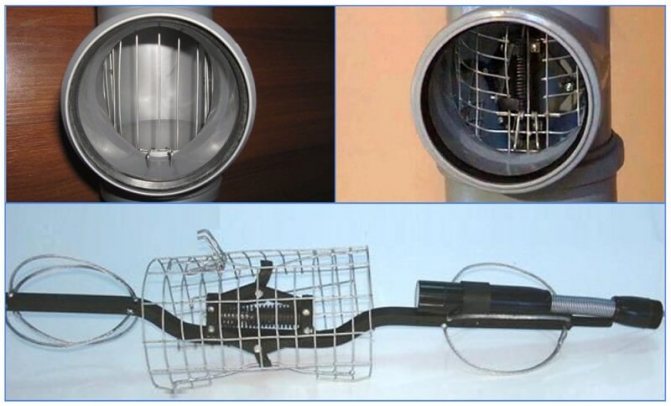

It is possible to challenge the legality of the actions of public utilities, citing violations of the procedure, but for this it is necessary to have a good understanding of housing legislation.

